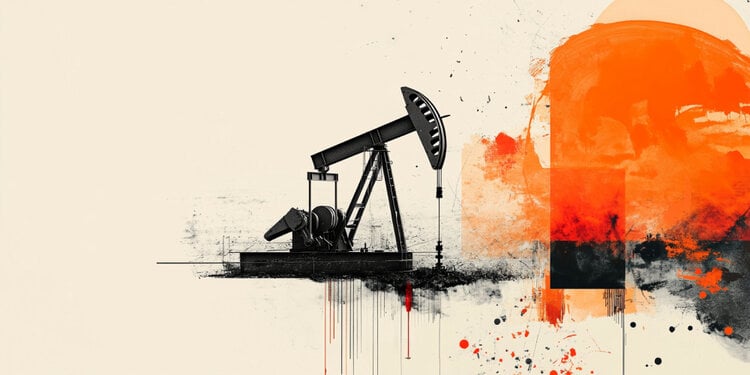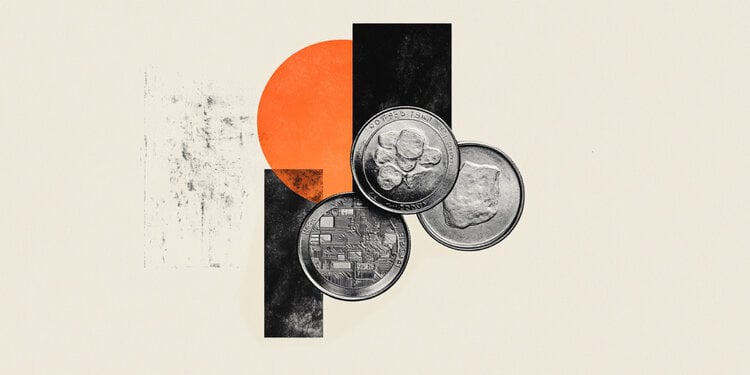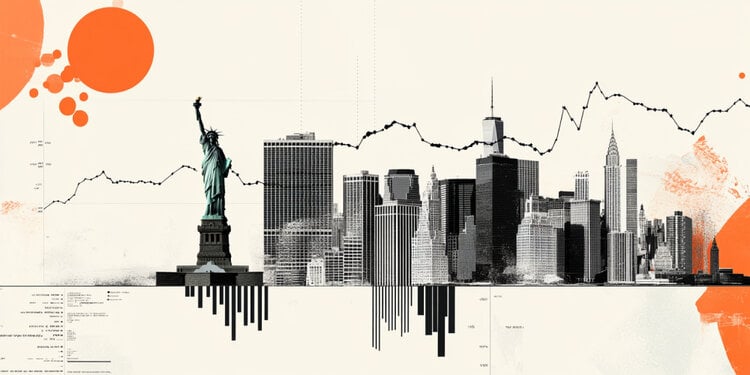He Real Brazilian has reached its lowest price on Thursday since June 5depreciating against the dollar after the unexpected announcement of the president of the United States, Donald Trump, to apply 50% rates to Brazil from August 1.
The USD/BRL shot late on Wednesday above 5.6000, and this Thursday has extended the climb to a five -week roof in 5,6283, but in the last hours it has begun to give ground, going back to a minimum daily of 5,5287.
At the time of writing, the dollar is quoted in front of the Brazilian Real about 5,5408, losing 0.65% in the day.
Trump’s tariffs hit Real Brazilian
- Late on Wednesday, US President Donald Trump announced the imposition of some 50% tariffs to Brazil from August 1claiming political reasons for his affinity with former president Jair Bolsonaro, who is being judged by a coup attempt. The news immediately impacted the Brazilian Real, who devalued himself in front of his counterparts.
- Brazil has published today the inflation of the National Wide Consumption Price Index (IPCA)which measures the variation in the average cost of living families with monthly income of 1 to 40 minimum wages. The data has shown a variation of 0.24% in June compared to 0.26% in May, exceeding 0.20% expected by the market. After the publication, greater than the expectation, the Real Brazilian has managed to recover some pips although it remains firmly in red.
- The operators of the PAR will be pending the next few days of the possible negotiations that Brazil can start with the United States to try to reduce the high tariffs imposed by the Trump executive.
US Dollar – Frequently Questions
The US dollar (USD) is the official currency of the United States of America, and the “de facto” currency of a significant number of other countries where it is in circulation along with local tickets. According to data from 2022, it is the most negotiated currency in the world, with more than 88% of all global currency change operations, which is equivalent to an average of 6.6 billion dollars in daily transactions. After World War II, the USD took over the pound sterling as a world reserve currency.
The most important individual factor that influences the value of the US dollar is monetary policy, which is determined by the Federal Reserve (FED). The Fed has two mandates: to achieve price stability (control inflation) and promote full employment. Its main tool to achieve these two objectives is to adjust interest rates. When prices rise too quickly and inflation exceeds the 2% objective set by the Fed, it rises the types, which favors the price of the dollar. When inflation falls below 2% or the unemployment rate is too high, the Fed can lower interest rates, which weighs on the dollar.
In extreme situations, the Federal Reserve can also print more dollars and promulgate quantitative flexibility (QE). The QE is the process by which the Fed substantially increases the flow of credit in a stuck financial system. It is an unconventional policy measure that is used when the credit has been exhausted because banks do not lend each other (for fear of the default of the counterparts). It is the last resort when it is unlikely that a simple decrease in interest rates will achieve the necessary result. It was the weapon chosen by the Fed to combat the contraction of the credit that occurred during the great financial crisis of 2008. It is that the Fed prints more dollars and uses them to buy bonds of the US government, mainly of financial institutions. Which usually leads to a weakening of the US dollar.
The quantitative hardening (QT) is the reverse process for which the Federal Reserve stops buying bonds from financial institutions and does not reinvote the capital of the wallet values that overcome in new purchases. It is usually positive for the US dollar.
Source: Fx Street
I am Joshua Winder, a senior-level journalist and editor at World Stock Market. I specialize in covering news related to the stock market and economic trends. With more than 8 years of experience in this field, I have become an expert in financial reporting.







